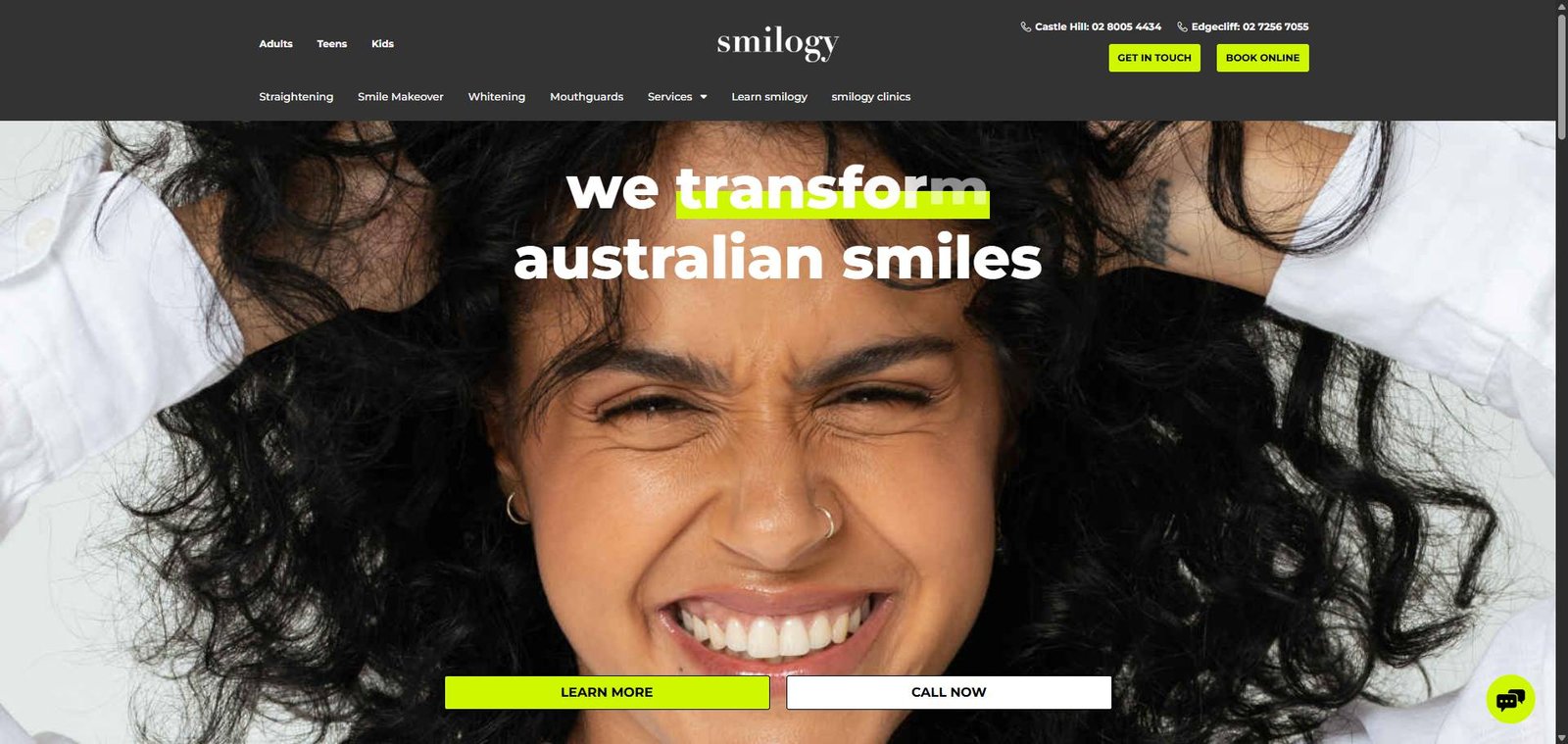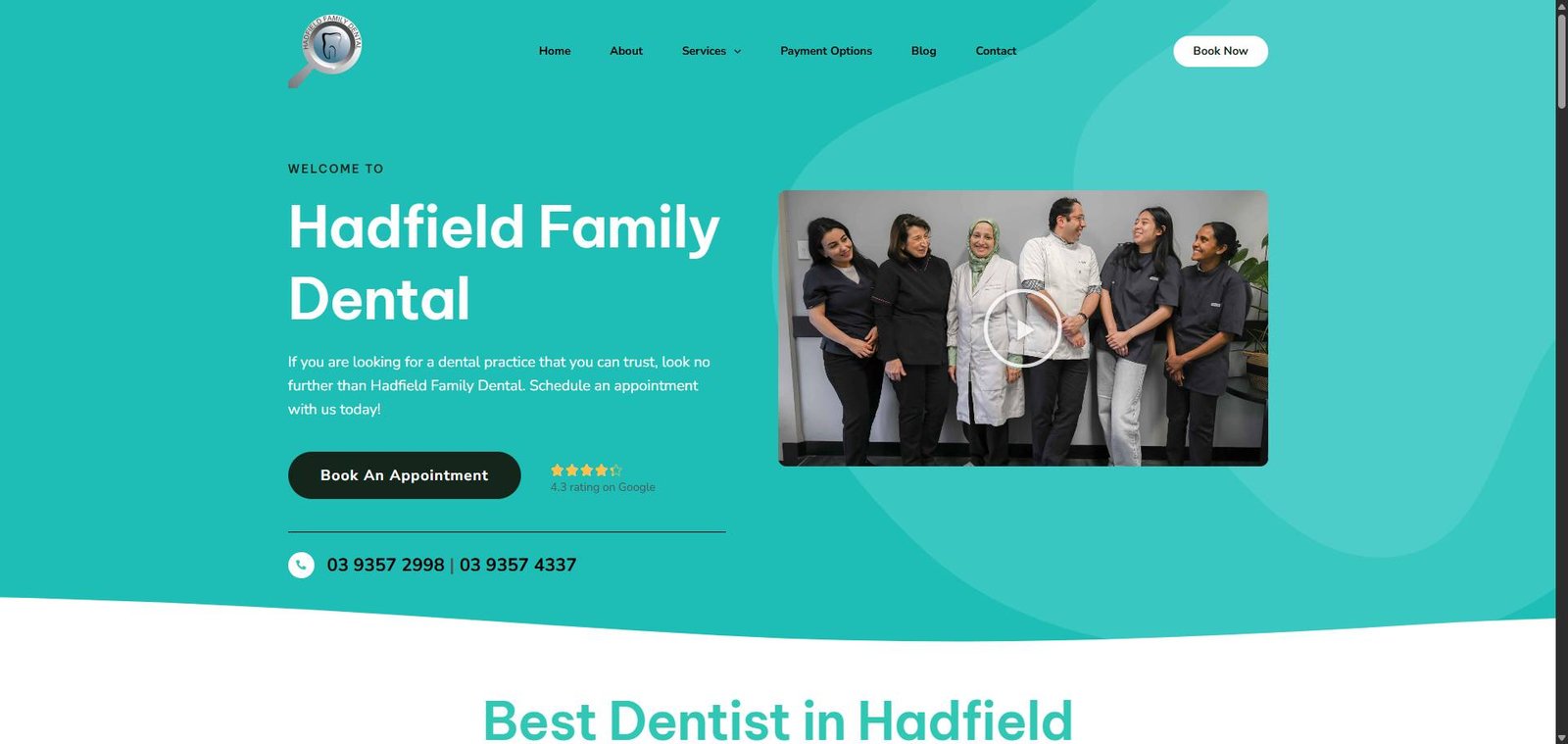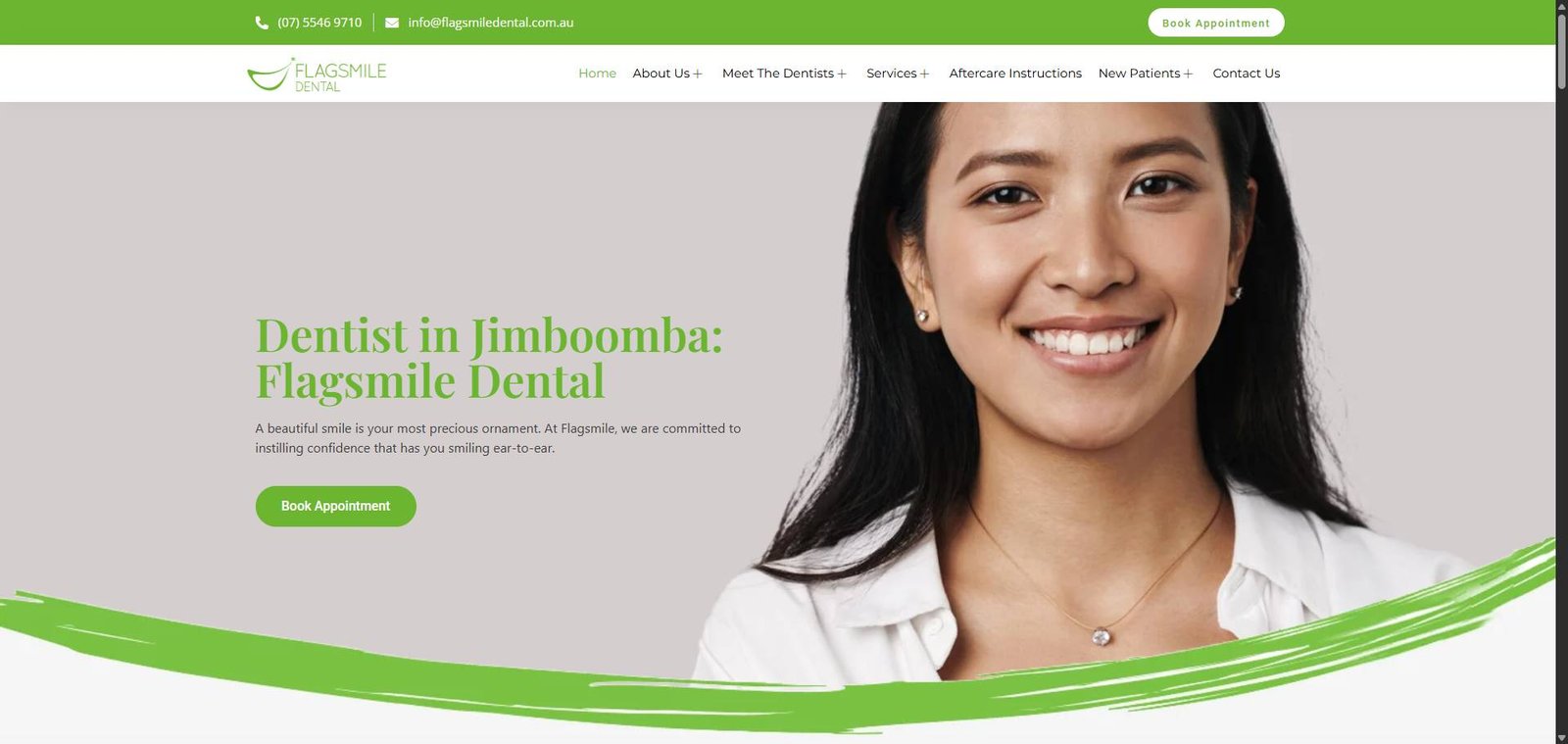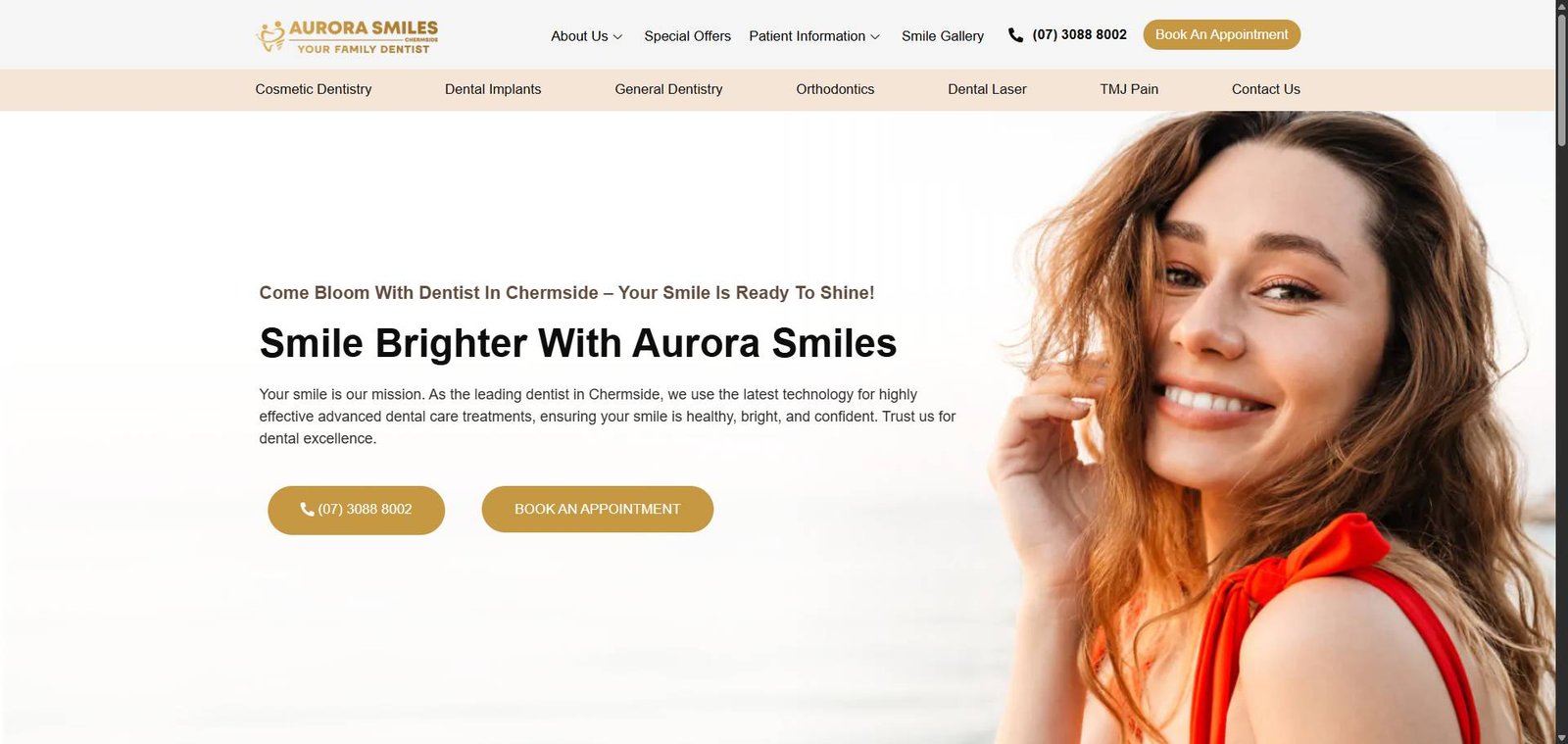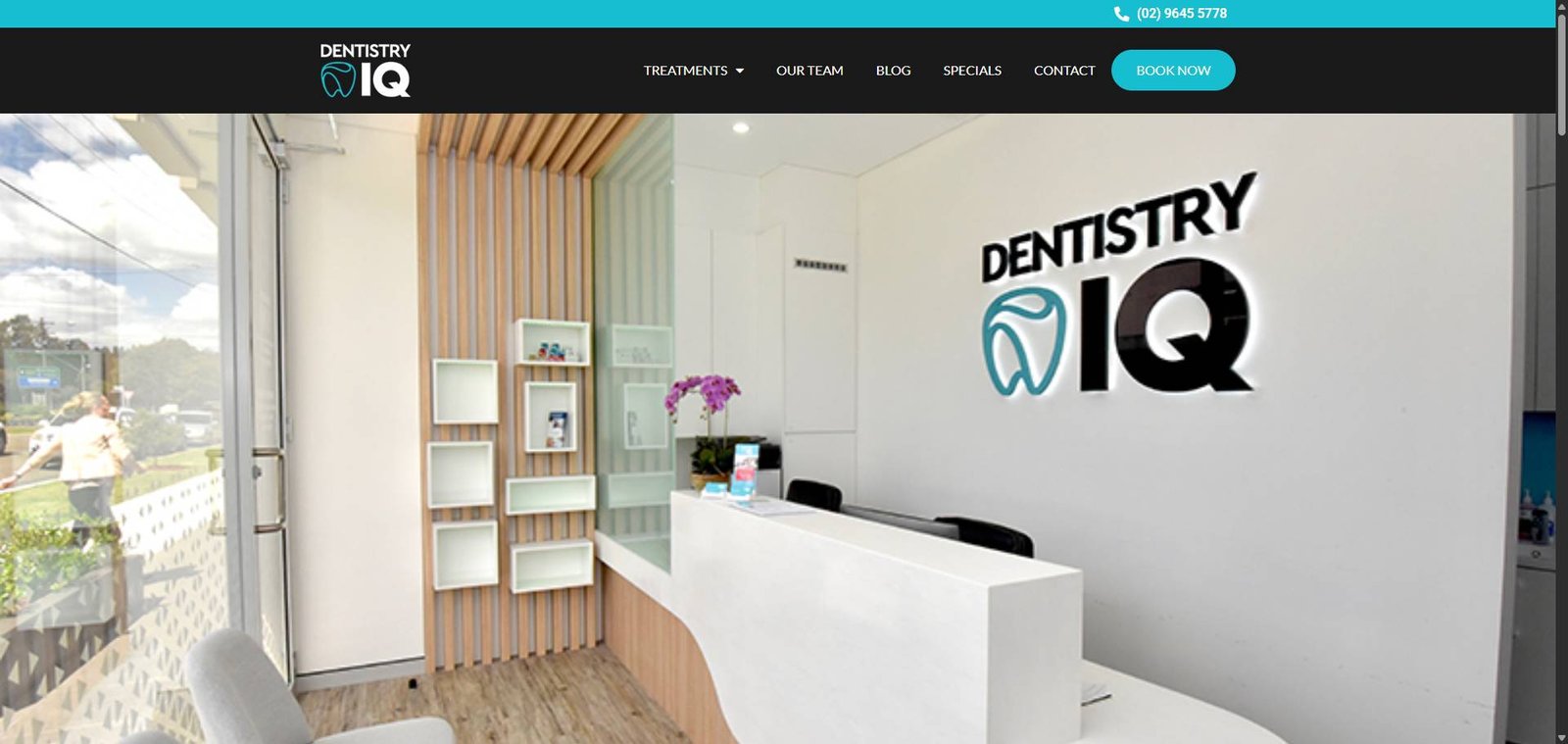Orthopaedic surgery might seem like an unlikely specialty for social media marketing, but platforms like Facebook, Instagram, and YouTube provide powerful opportunities to educate patients and build trust for major surgical procedures. When someone needs joint replacement or sports injury treatment, they research extensively before choosing a surgeon. Social media allows you to demonstrate expertise, show patient outcomes, and build the confidence necessary for surgical decision-making.
The key to orthopaedic social media success lies in education and trust-building rather than traditional marketing approaches. Patients considering surgery want to see expertise, understand procedures, and feel confident in their surgeon’s capabilities. Social media content that addresses these needs naturally attracts qualified patients while building long-term authority in your specialty areas.
Understanding Your Orthopaedic Patient Audience
Orthopaedic surgery serves distinct patient populations with different social media usage patterns and information needs that require tailored content strategies.
Joint replacement patients are often older adults dealing with chronic pain who extensively research surgeons and procedure options before deciding on surgery. They value detailed information, surgeon credentials, and realistic recovery expectations.
Sports injury patients tend to be younger, more active individuals who want to return to their activities quickly. They respond to performance-focused content, recovery timelines, and success stories from fellow athletes.
Trauma and accident patients often need immediate surgical intervention and may research surgeons while dealing with acute injuries. They need reassurance about surgical expertise and emergency care capabilities.
Pediatric orthopaedic patients are represented by parents researching growth-related issues, sports injuries in children, or congenital conditions requiring surgical intervention.
Workers’ compensation patients dealing with workplace injuries need information about return-to-work timelines, rehabilitation processes, and occupational health considerations.
Educational Content That Builds Surgical Confidence
Orthopaedic surgery patients need extensive education before they feel comfortable proceeding with major procedures. Social media provides excellent platforms for this essential education.
Procedure explanation videos help patients understand what happens during surgery without graphic detail that might increase anxiety. Focus on surgical approach, technology used, and what makes your technique effective.
Recovery timeline education addresses patient concerns about post-surgical healing, rehabilitation requirements, and return to normal activities. Clear, realistic timelines help patients plan appropriately.
Technology and technique showcases demonstrate your use of modern surgical methods, minimally invasive approaches, and advanced equipment that improve patient outcomes.
Joint health education provides value to broader audiences while positioning you as the local expert on maintaining bone and joint health throughout life.
Injury prevention content attracts active individuals before they need surgical intervention while demonstrating your understanding of biomechanics and movement patterns.
Platform-Specific Strategies for Orthopaedic Marketing
Different social media platforms serve different purposes in orthopaedic surgery marketing and reach different patient demographics effectively.
Facebook works well for detailed educational content, patient testimonials, and reaching older demographics considering joint replacement procedures. Longer-form posts about surgical innovations and recovery processes perform well.
Instagram appeals to younger, more active patients dealing with sports injuries or seeking sports medicine expertise. Visual content about athletic recovery, movement restoration, and active lifestyle maintenance resonates with this audience.
YouTube provides excellent opportunities for detailed surgical education, patient interviews, and comprehensive procedure explanations that build trust over time.
LinkedIn helps establish professional credibility with referring physicians and can attract executive or professional patients who value convenience and expertise.
TikTok reaches younger athletes with quick injury prevention tips, recovery exercises, and engaging sports medicine content that can significantly expand your reach.
Visual Content Strategies for Surgical Expertise
Visual content performs exceptionally well for orthopaedic surgery marketing because joint function, movement restoration, and surgical outcomes are inherently visual concepts.
Surgical technology demonstrations show your modern equipment and techniques without graphic surgical content that might disturb viewers. Focus on technology benefits and patient comfort features.
Patient mobility showcases filmed with proper consent can demonstrate functional improvements after surgery while respecting patient privacy and maintaining realistic expectations.
Anatomical education graphics help patients understand joint function, common problems, and how surgical interventions restore normal movement and reduce pain.
Exercise and rehabilitation videos provide immediate value while showcasing your comprehensive approach to surgical recovery and long-term joint health.
Behind-the-scenes content showing your surgical preparation, team collaboration, and commitment to patient safety builds trust without showing actual procedures.
Building Trust for Major Surgical Procedures
Orthopaedic surgery often involves significant procedures that require exceptional patient trust and confidence in surgical expertise.
Surgeon qualification highlights should emphasize fellowship training, board certifications, surgical experience, and ongoing education that qualify you to perform complex procedures.
Patient outcome sharing done appropriately can demonstrate surgical success while maintaining privacy and realistic expectations about individual results.
Surgical philosophy communication helps patients understand your approach to surgery, patient selection criteria, and commitment to appropriate surgical timing.
Team expertise showcasing highlights your surgical team, anesthesia partnerships, and facility capabilities that contribute to successful surgical outcomes.
Safety and quality metrics when available can demonstrate your commitment to excellent surgical outcomes and patient safety standards.
Sports Medicine Social Media Marketing
Sports medicine represents a unique opportunity for orthopaedic surgeons to engage with active communities and build authority among athletes and fitness enthusiasts.
Injury prevention education provides immediate value to athletic communities while positioning you as the expert to consult when injuries occur.
Return-to-sport protocols explain your approach to getting athletes back to their activities safely and effectively, appealing to competitive individuals who prioritize performance.
Sports-specific injury content targeting different athletic activities helps you connect with various sporting communities and demonstrate specialized knowledge.
Athletic performance optimization content can attract athletes interested in preventing injuries and maintaining peak physical condition throughout their careers.
Collaboration with fitness professionals shown through social media can build referral relationships while demonstrating your integration with broader athletic health and performance communities.
Joint Replacement Patient Education
Joint replacement surgery requires extensive patient education that social media can provide efficiently while building trust for major surgical decisions.
Candidacy education helps patients understand when joint replacement becomes appropriate and what factors surgeons consider when recommending surgery.
Procedure comparison content explains different surgical approaches, implant options, and what factors influence surgical planning for individual patients.
Recovery expectations should be clearly and realistically communicated to help patients prepare appropriately for post-surgical rehabilitation and timeline expectations.
Lifestyle impact education addresses how joint replacement affects daily activities, work capabilities, and recreational pursuits that patients care about.
Long-term outcome information helps patients understand what to expect years after surgery and how joint replacements typically perform over time.
Content Calendar Strategy for Orthopaedic Practices
Orthopaedic social media content should balance educational value with seasonal relevance and patient interest patterns throughout the year.
Seasonal sports injury prevention content can target different athletic seasons. Winter sports injury prevention, summer activity preparation, and back-to-school sports safety provide timely, relevant education.
Joint health awareness campaigns can align with arthritis awareness months, bone health initiatives, or other health observances that provide natural content opportunities.
Recovery milestone celebrations can highlight patient progress and surgical success while providing hope and realistic expectations for future patients.
Technology and innovation updates keep your content current while demonstrating your commitment to using the latest surgical techniques and equipment.
Community involvement content shows your participation in local sports medicine, health fairs, or athletic events that build community reputation and trust.
Measuring Social Media Success for Surgical Practices
Orthopaedic surgery social media success requires tracking metrics that reflect both immediate consultation generation and longer-term trust building for major surgical decisions.
Engagement quality matters more than quantity since surgical decisions involve extensive research and consideration. Comments asking detailed questions indicate serious interest.
Consultation booking attribution from social media requires tracking systems that connect social engagement to actual surgical consultations and procedures.
Patient education effectiveness can be measured through reduced pre-surgical anxiety, better-informed consent processes, and improved patient satisfaction scores.
Referral source development through social media relationships with other healthcare providers, fitness professionals, and athletic organizations can generate ongoing patient referrals.
Community reputation building through social media engagement contributes to overall practice reputation and word-of-mouth referral generation.
Ethical Considerations in Surgical Social Media
Orthopaedic surgery social media must maintain ethical standards around patient privacy, realistic expectations, and appropriate promotion of surgical services.
Patient consent for any outcome sharing must be comprehensive and clearly understood by patients before any content creation or sharing.
Realistic expectation setting in all content prevents disappointment and ensures patients understand both benefits and limitations of surgical interventions.
Appropriate procedure promotion focuses on patient benefit and quality of life improvements rather than dramatic physical transformations or unrealistic outcome promises.
Professional boundary maintenance ensures that social media relationships with patients remain appropriate and don’t compromise the therapeutic relationship.
Evidence-based claims about surgical outcomes and techniques must be supported by clinical evidence rather than individual success stories or personal opinions.
Integration with Referral Network Development
Orthopaedic surgery social media can support professional relationship building with referring physicians and other healthcare providers who send surgical candidates.
Professional education content shared on platforms like LinkedIn can demonstrate your surgical expertise to referring physicians and build professional relationships.
Collaborative care showcases highlight your work with physical therapists, sports medicine physicians, and other providers who contribute to successful surgical outcomes.
Medical innovation sharing keeps referring providers informed about new techniques and technologies you offer that might benefit their patients.
Case study presentations done appropriately can educate other healthcare providers while demonstrating your surgical capabilities and decision-making processes.
Conference and education participation shared through social media demonstrates ongoing professional development and commitment to surgical excellence.
Orthopaedic surgery social media marketing succeeds when it combines comprehensive patient education with trust-building content that demonstrates surgical expertise and commitment to excellent outcomes. By addressing both emergency sports medicine needs and planned joint replacement surgery through strategic social media content, orthopaedic surgeons can build authority that attracts the right surgical candidates while serving their communities’ musculoskeletal health needs.
Conclusion
Orthopaedic surgeons who master social media education build the trust necessary for major surgical decisions. Patient education content that demonstrates expertise across both sports medicine and joint replacement creates authority that attracts qualified surgical candidates.
At Pracxcel, we understand how to build surgical confidence through strategic social media content. Get in touch today to create educational campaigns that convert patient research into consultations and procedures.


